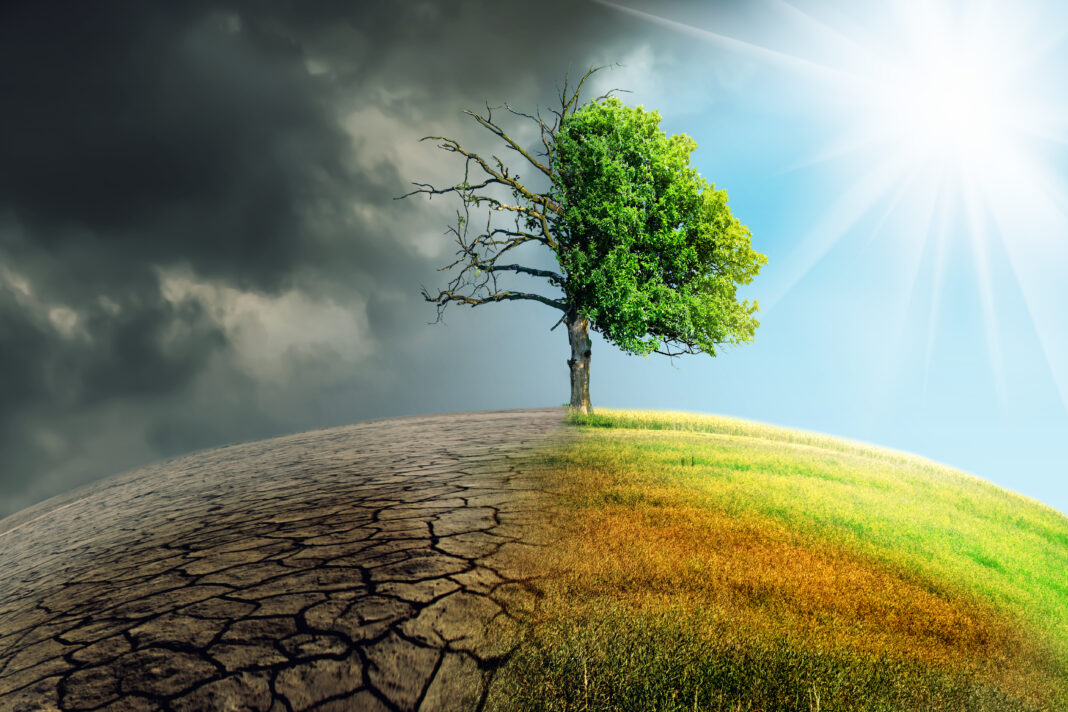by Maurizio Sacchi

Before the three successive crises – Covid-19, the war in Ukraine and now the Gaza crisis – the climate crisis was the most worrying issue. A huge, global problem that not only has no solution but seems to be worsening. A beautiful book entitled ‘Il pianeta dei frigoriferi’ (The Planet of Refrigerators) by Mauro Balboni gives an innovative and lucid reading of it. Published in May last year, the book is an argumentative and detailed account of the close link between the environmental crisis and the future, as well as the current food crisis.
Balboni reminds us that soon, in 2050, the planet will have to feed 10 billion people: and that to feed this multitude, not a single hectare of arable land can be reclaimed if we want and need to stop global warming. On the contrary, as much of the earth’s surface as possible must be returned to the forest. In 10,000 years of agriculture, we have already converted half of the Earth’s land into cultivated fields and pastures. Faced with this problem, the solution will be to make the land devoted to human nutrition more productive, while respecting production criteria that make food safe and avoiding soil and water pollution.
‘The Planet of the Refrigerators’ begins by arguing against what its author considers to be the wrong solutions. Consider the progressive growth of the organic market, especially in the wealthier parts of the world. For The Research Institute of Organic Agricolture (FiBL), one of the world’s leading research institutes for organic farming, with offices in Switzerland, Germany, Austria, Hungary and France, and the EU headquarters in Brussels, the loss of production per hectare when switching from conventional to organic methods is around 25%. If the goal is the opposite, to increase yields per hectare, avoid further deforestation and be able to feed the 10 billion sapiens to come, this is not the answer. At least not for everyone.
And yet it is precisely the segment of the population that is most sensitive to ecological problems, and often to problems of inequality with the Global South, that represents the organic consumer segment. Often it is also the richest: as is well known, organic food costs much more than conventional. Organised large-scale distribution – the large retail sector, as Balboni calls it – has long since realised this. It has identified this consumer segment as a highly desirable market fringe: if the organic market began with small producers selling in small health food stores, it is now found on supermarket shelves, distributed and often produced by the same people who fill the rest of the shelves.
Balboni’s intention is not to discredit the benefits of organic food; he himself is an expert consumer with a deep knowledge of agriculture and the environment. The author reminds us that the global problem of feeding the world while protecting the environment cannot be ignored. Just as the myth of the ‘zero mile’ is far from sustainable, given that the vast majority of these 10 billion people will live in megacities of 10 million or more.
What solutions does the author propose? To find out, Balboni not only visited the organic and non-organic crops of small niche producers and the famous big retailers but also visited various start-ups dedicated to researching alternative systems: from those who cultivate hydroponic systems in derelict urban or industrial areas, using used and sanitised carpets as support, feeding the plants with mineral solutions and illuminating them with LED lights, to those who breed insects from whose larvae protein suitable for animal consumption can be obtained at low cost: It should not be forgotten that the huge soya plantations in Brazil, Argentina and elsewhere are designed to feed intensive cattle, pig and chicken farms, which contribute even more than pastureland to the consumption of fertile land, deforestation and global warming.
But the problems Balboni sees are primarily political and cultural, rather than technical. The myth of “agriculture as it used to be” is often nourished by ecological activists who oppose these innovations, and the word “sustainability”, which is often used in this rhetoric, does not fit when one looks from the small farm to the planetary level. And the author appeals to this world to overcome its resistance to innovation and turn its eyes to the future, which if it does not become aware, risks seeing an increase in misery, hunger and the further destruction of ecosystems.
Cover photo by Sepp photography/Shutterstock.com. In the text, the cover of the book
























